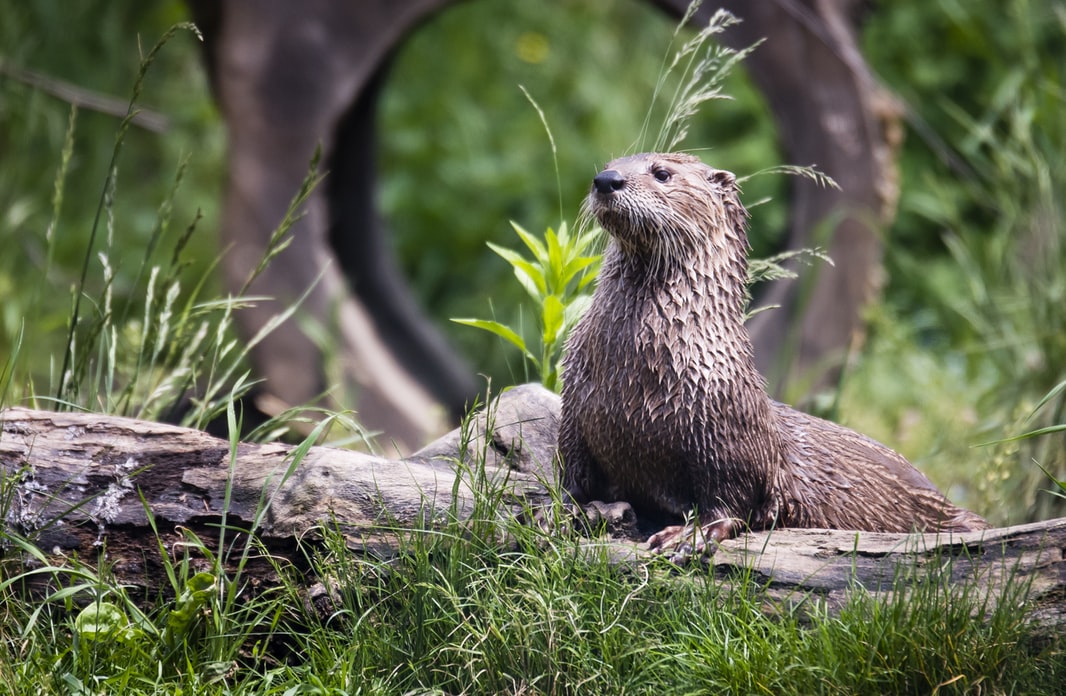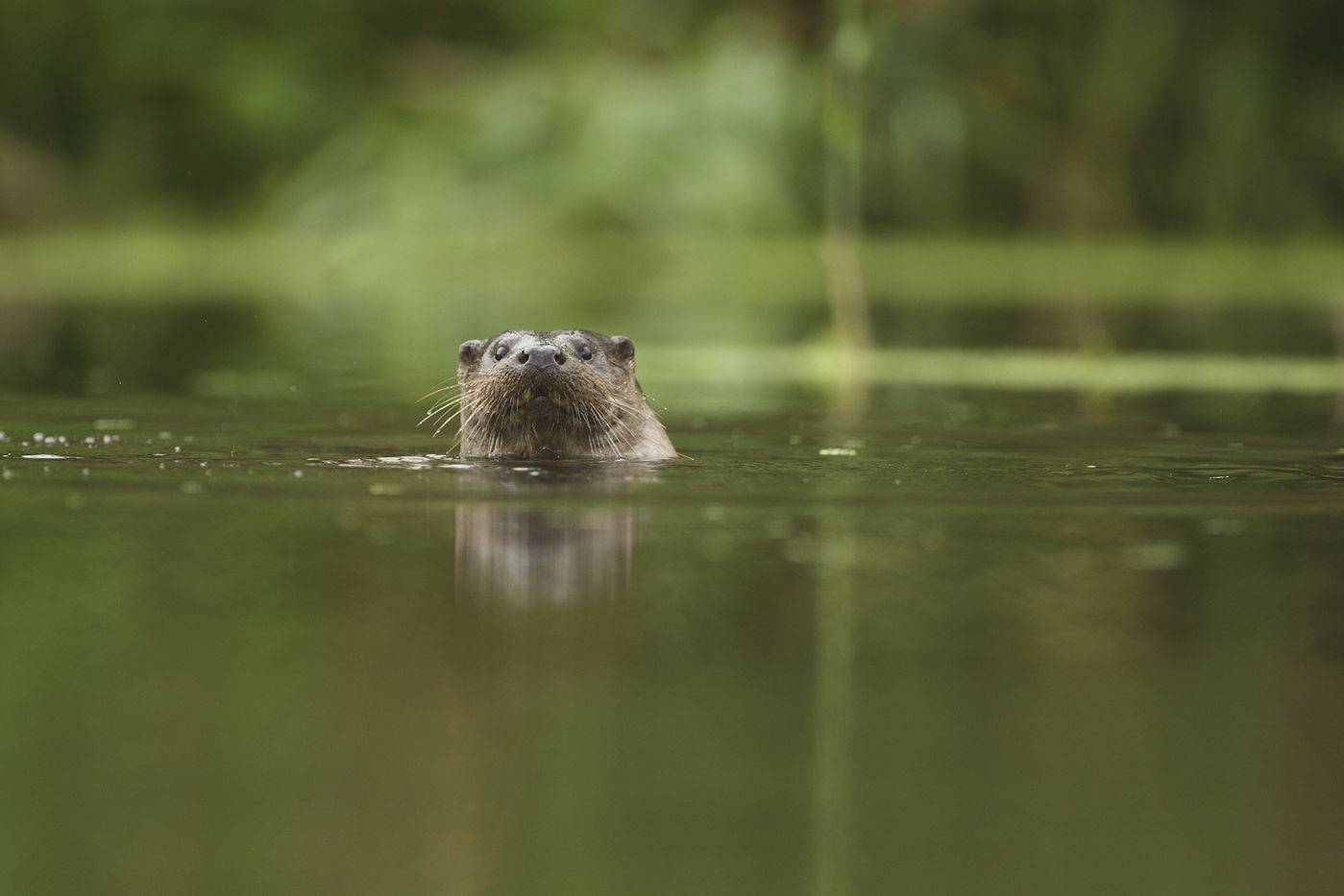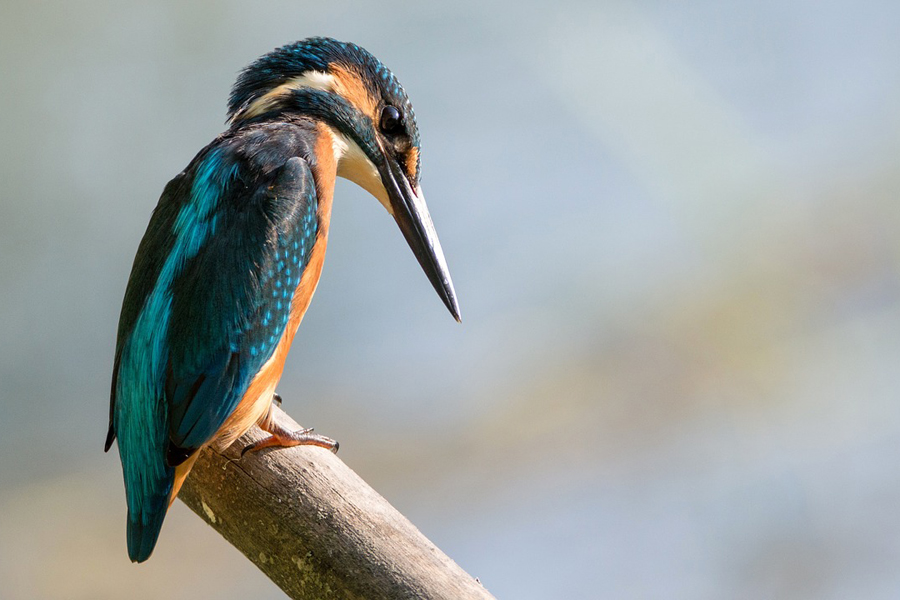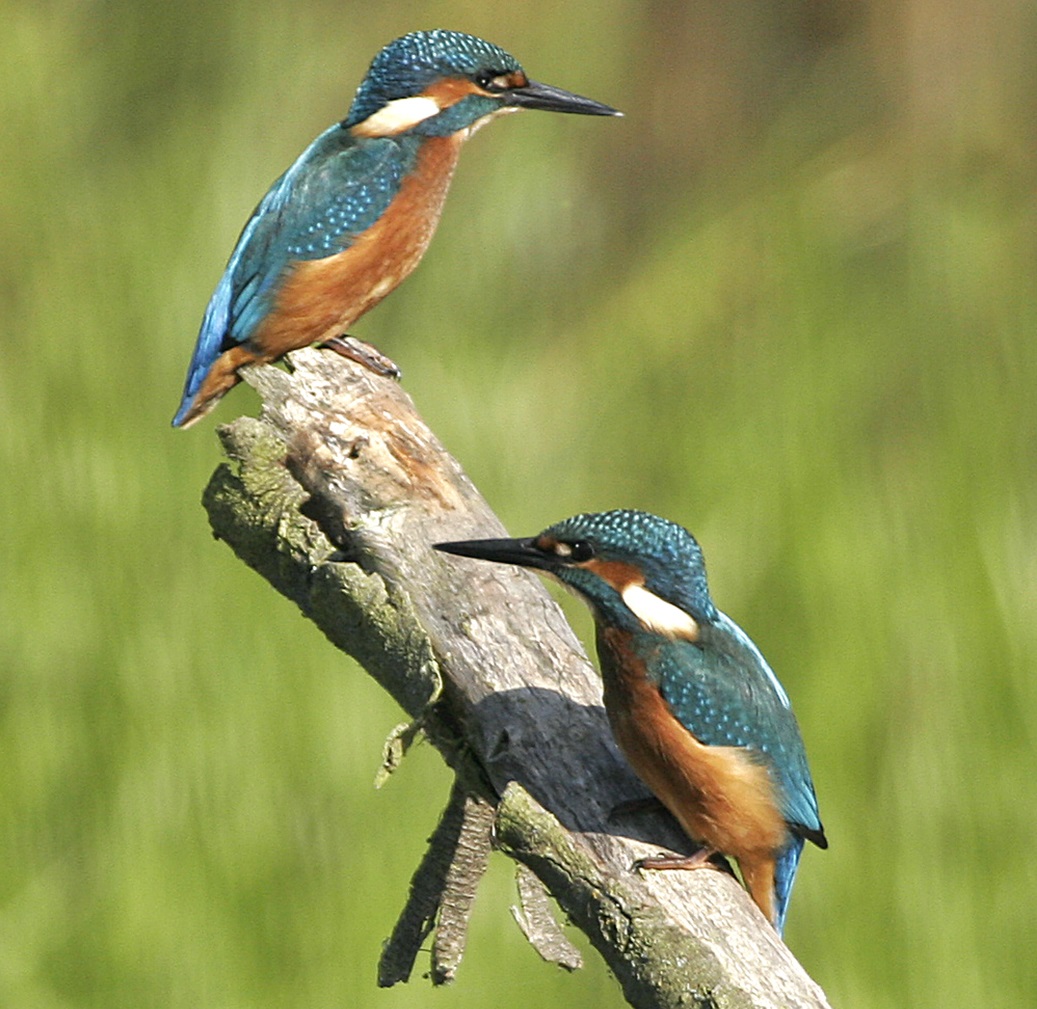

While we cannot guarantee that you will see these notoriously shy species, there have been recent confirmed sightings at the following beauty spots. Plus, they make a lovely trip out in the Broads National Park, otter, kingfisher, or not.
Our advice for spotting otters is to wrap up warm, pack a camping chair, a picnic, a flask of tea, your favourite book and settle down in one of these beautiful spots. They’re most active at dusk and dawn.
Whether you see an otter or not, you’ll head home with the positive effects of being immersed in nature all around you.

Did you know?

Barton Broad
On foot - otters have been spotted recently around Gaye’s Staithe. See this guide for a walk from Irstead Staithe to Gaye’s Staithe (2 3/4 miles (4.5 km) 1.5 hours)
By boat - around pleasure-island, at the top of Barton Broad, along the River Ant. Google Maps link
River Ant
Along the River Ant, towards Stalham. Google Maps link
River Thurne
Around the Womack Dyke area, on the River Thurne. Walk along the footpath from Hunters Yard in Ludham and you may well spot them along the quieter reaches of the River Thurne.
Strumpshaw Fen
A family of otters have been seen from the Reception Hide, at Strumpshaw Fen RSPB. Advice for spotting them is to look out for when the geese all take off at once!
No other UK bird has an electric blue head and tail, with a contrasting orange underneath, making this iconic bird easy to spot as it darts at lightning speed along the rivers of the National Park. Autumn is one of the best times to spot them when the rivers and broads are quieter.
Keen Kingfisher spotters should get up early as the best time to see them is at dawn when they are most active.

Did you know?

If you head out into the quieter parts of the national park and hire a small day boat or canoe, you are likely to be rewarded with seeing a kingfisher – although we cannot guarantee this!
Dilham
Kingfishers have been spotted around Wayford Bridge and Tylers Cut in Dilham. Plan your canoe trip (PDF). Banks Boats also hire canoes.
Stalham and Wayford
Hire a day boat from Richardson's or Wayford Marine and head out into quieter waters.
Surlingham
Take a wander around the quiet paths of Wheatfen Nature Reserve. Not recommended if its been raining as the reserve may flood.
We hope you are rewarded with a sighting of these notoriously hard-to-spot species, or if not you at least have a memorable visit to the beautiful national park.
If you do spot an otter or kingfisher, why not contact us and tell us the location. Send us a message on Facebook or Twitter and if you were quick enough to catch them on camera we might share your photo.